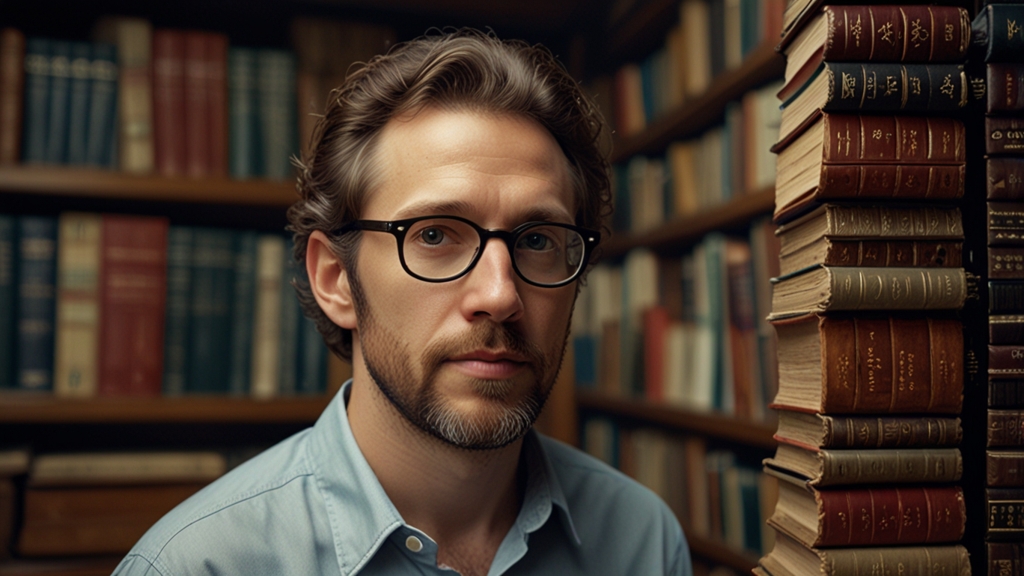A Clash of Prophets: When Competing Visions Collide
The annals of history are replete with moments when grand visions and bold prophecies have played pivotal roles. These visions, often brought forth by prophetic figures, can galvanize societies, ignite revolutions, and spark movements. However, what transpires when these visions are divergent or even diametrically opposed? The clash of prophets and their competing visions is both a fascinating and consequential phenomenon.
The Nature of Prophecy
Prophecy, at its core, is an articulation of a foresight for the future—often imbued with spiritual or moral overtones. Prophets, whether religious, political, or social, seek to illuminate a path forward based on their unique insights or revelations. Their visions can serve as blueprints for societal transformation, anchoring communities with promises of prosperity, righteousness, or enlightenment.
Historical Examples of Clashes
One of the most compelling historical examples of prophetic clashes can be found in the turbulent times of the Reformation in 16th-century Europe. On one side, Martin Luther championed a vision of Christianity grounded in personal faith and scriptural authority. On the opposite end, the Roman Catholic Church, with its elaborate hierarchy and traditional doctrines, represented an entrenched religious order. This clash of visions did not merely alter the ecclesiastical landscape; it redefined political, cultural, and social paradigms across Europe.
Similarly, in the early 20th century, the ideological conflict between Marxist revolutionaries and liberal democrats exemplified another form of prophetic clash. Karl Marx and his followers envisioned a world where the proletariat would overthrow capitalist structures, leading to a classless society. Meanwhile, proponents of liberal democracy advocated for a vision of gradual reform, individual rights, and market economies. The resultant conflicts, most notably embodied in the Cold War, had profound impacts on global geopolitics, economics, and human rights.
The Impact on Modern Society
In the contemporary world, the clash of prophets is evident in various spheres such as technology, climate change, and geopolitics. Tech visionaries like Elon Musk and Mark Zuckerberg present contrasting visions of the future. Musk's focus on space exploration and sustainable energy often seems at odds with Zuckerberg's vision of a highly interconnected digital future through platforms like Facebook.
"Competition in this space incentivizes innovation, but it also necessitates careful consideration of ethical and societal implications."
Climate change presents perhaps one of the most urgent arenas for prophetic clashes. Environmentalists like Greta Thunberg advocate for immediate, radical shifts in consumption and policy to avert climate disaster, emphasizing the moral imperative of action. Conversely, figures in certain industries or political arenas argue for more measured approaches, balancing economic growth with incremental environmental reforms.
"The stakes are high, and the outcomes of these clashes will shape not only immediate policies but the long-term trajectory of humanity."
Navigating Prophetic Clashes
Understanding and navigating through these prophetic clashes requires a multifaceted approach. It demands critical examination of the underlying assumptions and values of each vision. Furthermore, fostering dialogue between competing visions can sometimes reveal common ground or innovative compromises.
Moreover, societies must remain vigilant about the potential for prophetic fervor to devolve into zealotry or dogma. History has shown that when competing visions descend into conflict without avenues for constructive engagement, the resultant turmoil can be devastating.
Conclusion
The clash of prophets and their competing visions is an enduring feature of human civilization. These confrontations, while sometimes contentious, often catalyze significant innovation and transformation. By critically engaging with these competing visions, societies can not only navigate the complexities of change but also steward a path towards a more balanced and harmonized future.
"In the end, it is the capacity for adaptation, dialogue, and critical reflection that will enable societies to harness the potential of competing prophecies for the greater good."








